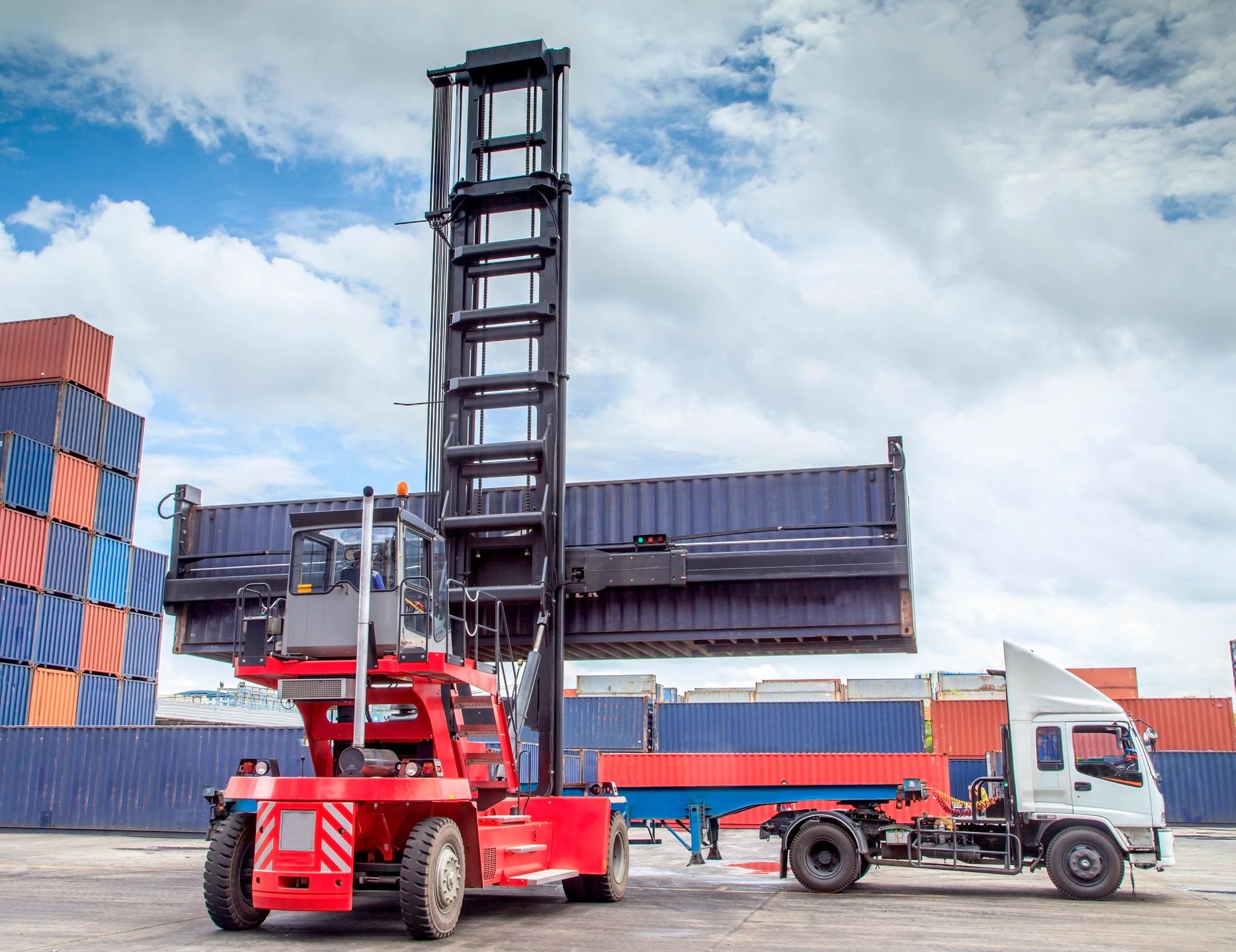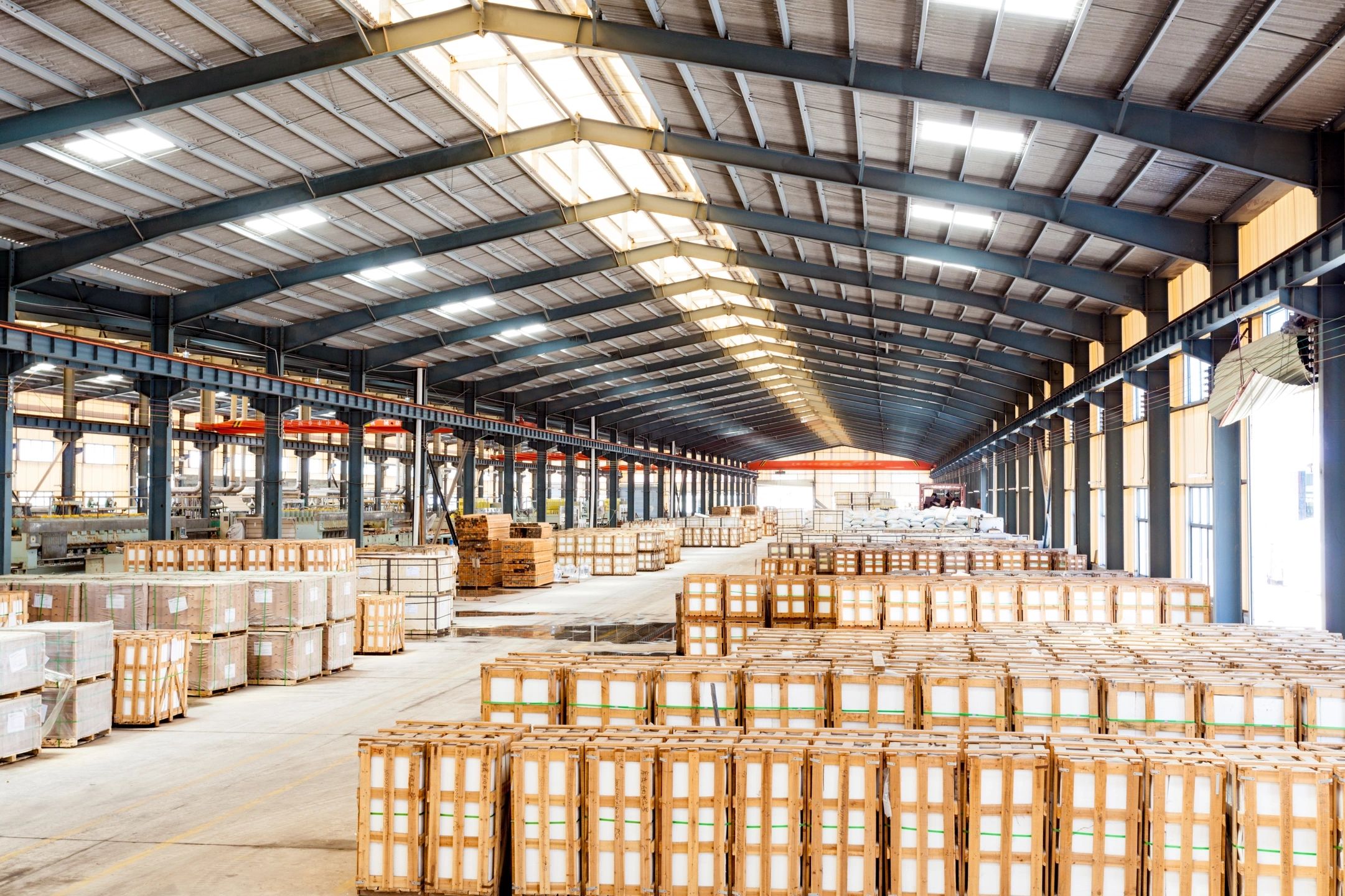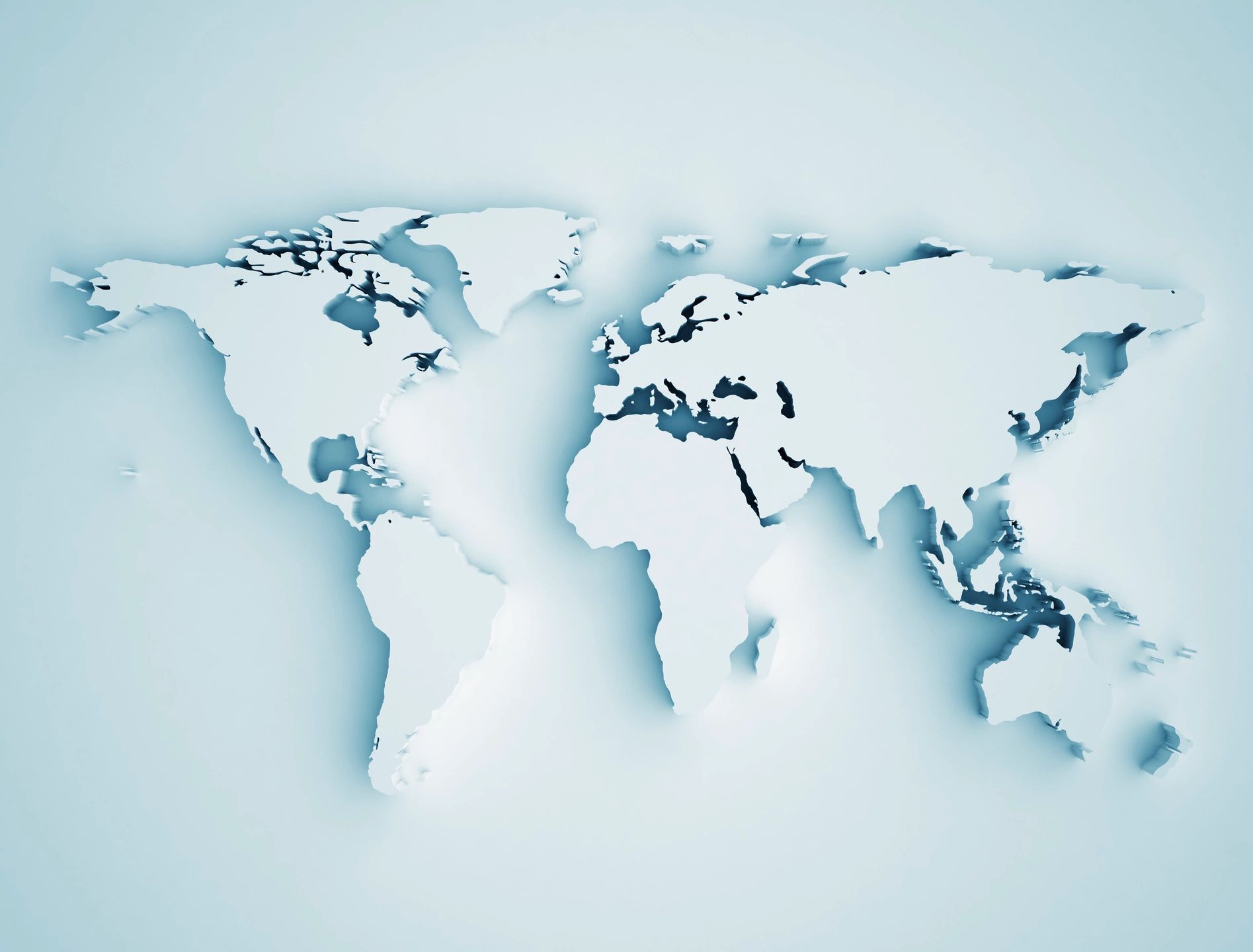
If you’re at a point where you are researching distribution and fulfillment services-- congratulations! Growth is success!
In order to perpetuate success, your distribution management strategy should be reviewed to ensure it meets the needs of your growing company.
Distribution management includes:
- Inventory Management
- Warehousing Solutions
- Logistics Services
- Fulfillment Solutions
- Supplier Relationship Management
- E-Commerce Fulfillment and Marketing
In simplest terms the more quickly you can produce a product, sell and deliver it, the more successful your business can become. Distribution management strategies can help expedite processes that can help facilitate growth.
Successful distribution management results in more orders, less inventory on site, less opportunities for expired products, and happier customers. As simple as it sounds, it can be a daunting task to manage each process to produce simplified and streamlined results.
So, let’s start with the basics:
Why is distribution management important for your business?
Why is Distribution Management Important?
In the absence of distribution solutions, your firm would have to keep all inventory on site, physically manage it, process orders, and face potential order delays due to the arduous nature of manual distribution management.
Warehousing for the products and space limitations, stock could quickly sell out resulting in a delay or loss of sales. Your company would have to replenish stock by ordering from your manufacturer, rather than from your warehouse, and that production wait time could adversely impact your brand in both sales and reputation.
Full service distribution firms with the right technology can solve these problems.
They offer a suite of services that can create efficient and productive solutions that ultimately increase your profits and customer satisfaction ratings.
Most full service distribution firms have a network of partners they’ve joined forces with over the years. They have established valuable relationships with supply chain partners and in attractive geographical locations that can make distribution and growth easier for your company than if you tried to do it yourself--because no matter how hard you try, you can't buy 'time'.
A seasoned and successful full service distribution company may offer:
- International and domestic warehousing
- International and domestic fulfillment
- International and domestic logistics
- E-commerce brand gating and fulfillment
- Customer value and satisfaction
- Predict and adapt to market fluctuations
- Promptly respond to and resolve disruptions
- Product launching
- Foreign registration and compliance assistance
Much of these solutions are complex and require software to successfully carry out the intricate processes of distribution and fulfillment. The software systems they employ allow for simplified management and automation that integrates with your company so you can have visibility and access to real time monitoring and analysis of your brand.
Distribution Management Software (DMS)
Distribution management software aids in monitoring, tracking, and processing orders to keep the processes flowing smoothly. Distribution management software can also help identify valuable patterns in customer or process behavior, help with inventory planning and forecasting and/or help prevent potential issues. This software should give your company full visibility and access to your brand so you can monitor success in real time.
When you work with a distributor that has software that can improve your logistics processes from order to delivery, you are setting your company up for success.
When vetting distributors, ask them what software they use and how it can integrate with your systems to improve your distribution management strategies.
Super Health Center is Full Service with DMS Software
Super Health Center operates using software that is able to integrate with your systems to improve visibility, workflow and overall logistics.
Our cloud based software allows us to:
- Optimize workflows
- Offer a paperless warehouse
- Automate billing
- Customize reports
- Provide complete visibility
- Track inventory in real time
- Save costs in labor
and more
Choosing a distribution company equipped with the right software is paramount to turning a complex undertaking into a more easily managed process.
And you can start simplifying success today.
We are your single source contact for all your distribution needs. From order to delivery we can optimize your strategy for success. Reach out today to get started.









